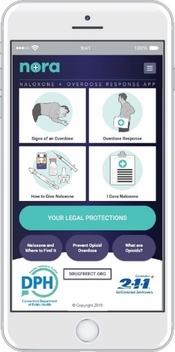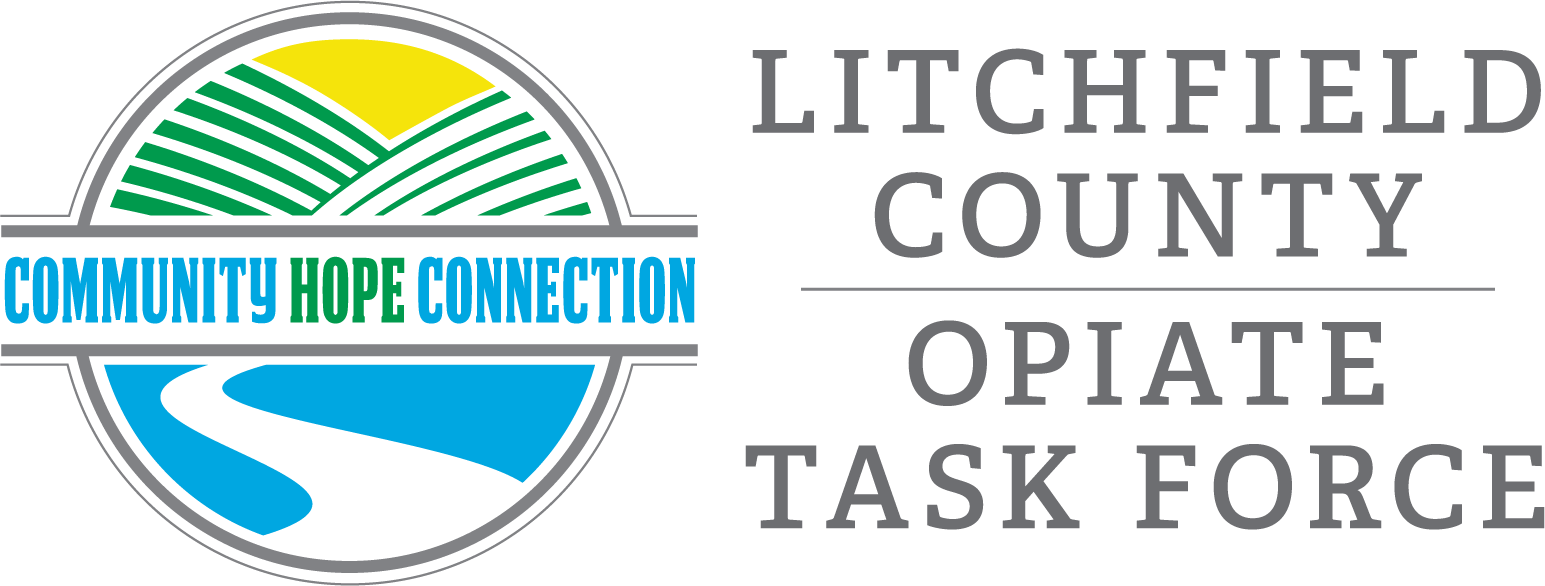Governor Lamont Announces New Statewide Efforts to Confront Opioid Addiction and Save Lives
State Launches Smartphone App to Assist with Overdose and a Public Awareness Campaign to Educate Residents on Opioid Misuse and Encourage Treatment
(HARTFORD, CT) – Governor Ned Lamont, the Department of Public Health (DPH), and the Department of Mental Health and Addiction Services (DMHAS) today announced new coordinated efforts to confront and prevent the increase in opioid addiction across the State of Connecticut. During a news conference at Saint Francis Hospital and Medical Center, Lt. Governor Susan Bysiewicz, state agency commissioners, doctors, first responders, the General Assembly’s insurance and public health chairs, and persons in recovery joined the governor to launch the “LiveLOUD – Live Life with Opioid Use Disorder” statewide awareness campaign, as well as the new Naloxone and Overdose Response (NORA) smartphone app.
“We can’t allow opioid addiction to continue consuming our families and residents. There are resources available to help no matter what stage individuals find themselves in,” Governor Lamont said. “My hope is today’s information is shared far and wide so that we can save lives or prevent someone from down the path of addiction altogether.”
“While the number of opioid-related deaths in Connecticut has leveled, even one overdose death is still too many,” Lt. Governor Bysiewicz said. “Educating the public is a critical component of addressing the opioid crisis and we believe the LiveLOUD campaign and NORA smartphone app will make it easier for people across the state to learn about what services are available to them.”

Administered by the Department of Public Health, the NORA app is designed to help save lives when confronted with an opioid overdose by educating residents on how to administer naloxone and using a user’s GPS data to find nearby locations to obtain the medication. The app, which is free for all users, functions through the web browser of most smartphones by visiting norasaves.com.
“Carrying naloxone, with assistance from the NORA app, empowers every resident of Connecticut to potentially save someone’s life,” DPH Commissioner Renée D. Coleman-Mitchell said. “If those most likely to witness an opioid overdose – such as friends and family – have access to this critical treatment and know how to use it, Connecticut can see a much higher chance of survival for those who overdose. I want to encourage everyone to go on our website and use this app so we can educate as many people in our state as possible what to do when they see someone overdosing.”
In an effort to prevent, discourage and destigmatize opioid addiction, starting today DMHAS launched LiveLOUD, a series of social media, radio, transit, and billboard spots directed to those who are actively using heroin or misusing prescription opioids, their families and communities. Connecticut residents will start seeing ads offering support, encouraging treatment and educating on treatment options.
“Our objective is to send a message of hope – that treatment options are available, and Connecticut cares about those suffering, their families, and the communities who are battling this epidemic,” DMHAS Commissioner Miriam E. Delphin-Rittmon said. “We are working hard every day to ensure individuals have the support and care needed to overcome this deadly disease and to let them know that recovery is possible.”
Last year, the Office of the Chief Medical Examiner (OCME) reported that there were 1,017 deaths in Connecticut due to accidental overdose, 93 percent of which were opioid-related. While the state is not seeing the drastic increase in overdose deaths seen in previous years, the number of accidental overdoses is still nearly triple of the number of accidental overdoses reported by the OCME in 2012. Nationally, 116 people die every day from opioid-related drug overdoses.
In 2012, the state adopted a law, Public Act 12-159, that allows prescribers such as physicians, surgeons, and nurses to prescribe, dispense, or administer naloxone to any person to prevent or treat a drug overdose and the prescriber is protected from civil liability and criminal prosecution for administering the drug to reverse the effects of an overdose. Two years later, these protections were expanded by Public Act 14-61 to include laypersons, as family and friends are those most likely to witness an overdose.
“For too long, opioid use disorder has been stigmatized and treated like something that shouldn’t be discussed. That has only contributed to the opioid crisis growing to its current size,” State Senator Mary Daugherty Abrams, who chairs the legislature’s public health committee, said. “I applaud and welcome the introduction of LiveLOUD, as it offers those with opioid use disorder support and encouragement. Individuals who struggle with opioids need reassurance that treatment can help them, and that’s what this initiative provides them with.”
“We are proud to stand with the state as they launch this next great step towards changing the tide in the opioid epidemic,” Dr. John Rodis, president of Saint Francis Hospital, said. “Addiction is an illness that requires medical treatment and support just as heart disease, diabetes, or any other disease does. At Saint Francis, we have made it part of our mission to provide the necessary supportive services to our patients with substance abuse or opioid use disorders in order to safely and efficiently connect them to long term recovery treatment.”
For more information:
- On opioid prevention, visit the opioid prevention program on the DPH website
- On the LiveLOUD campaign, visit www.liveloud.org
- On the NORA app, visit www.norasaves.com
Twitter: @GovNedLamont
Facebook: Office of Governor Ned Lamont
